000
front-matter
Preface
Contents
fulltext
Geometry of complex numbers and quaternions
Rotations of the plane
Matrix representation of complex numbers
Quaternions
Consequences of multiplicative absolute value
Quaternion representation of space rotations
Discussion
fulltext_2
Groups
Crash course on groups
Crash course on homomorphisms
The groups SU(2) and SO(3)
Isometries of Rn and reflections
Rotations of R4 and pairs of quaternions
Direct products of groups
The map from SU(2)SU(2) to SO(4)
Discussion
fulltext_3
Generalized rotation groups
Rotations as orthogonal transformations
The orthogonal and special orthogonal groups
The unitary groups
The symplectic groups
Maximal tori and centers
Maximal tori in SO(n), U(n), SU(n), Sp(n)
Centers of SO(n), U(n), SU(n), Sp(n)
Connectedness and discreteness
Discussion
fulltext_4
The exponential map
The exponential map onto SO(2)
The exponential map onto SU(2)
The tangent space of SU(2)
The Lie algebra su(2) of SU(2)
The exponential of a square matrix
The affine group of the line
Discussion
fulltext_5
The tangent space
Tangent vectors of O(n), U(n), Sp(n)
The tangent space of SO(n)
The tangent space of U(n), SU(n), Sp(n)
Algebraic properties of the tangent space
Dimension of Lie algebras
Complexification
Quaternion Lie algebras
Discussion
fulltext_6
Structure of Lie algebras
Normal subgroups and ideals
Ideals and homomorphisms
Classical non-simple Lie algebras
Simplicity of sl(n,C) and su(n)
Simplicity of so(n) for n > 4
Simplicity of sp(n)
Discussion
fulltext_7
The matrix logarithm
Logarithm and exponential
The exp function on the tangent space
Limit properties of log and exp
The log function into the tangent space
SO(n), SU(n), and Sp(n) revisited
The Campbell--Baker--Hausdorff theorem
Eichler's proof of Campbell--Baker--Hausdorff
Discussion
fulltext_8
Topology
Open and closed sets in Euclidean space
Closed matrix groups
Continuous functions
Compact sets
Continuous functions and compactness
Paths and path-connectedness
Simple connectedness
Discussion
fulltext_9
Simply connected Lie groups
Three groups with tangent space R
Three groups with the cross-product Lie algebra
Lie homomorphisms
Uniform continuity of paths and deformations
Deforming a path in a sequence of small steps
Lifting a Lie algebra homomorphism
Discussion
back-matter
Bibliography
Index
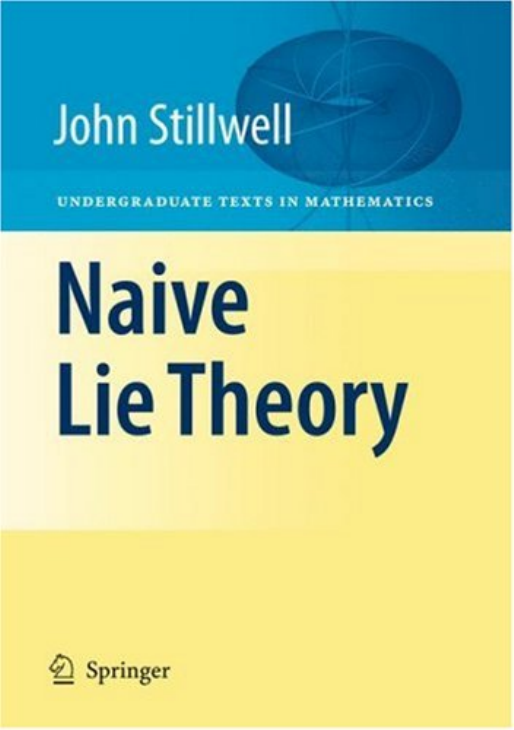
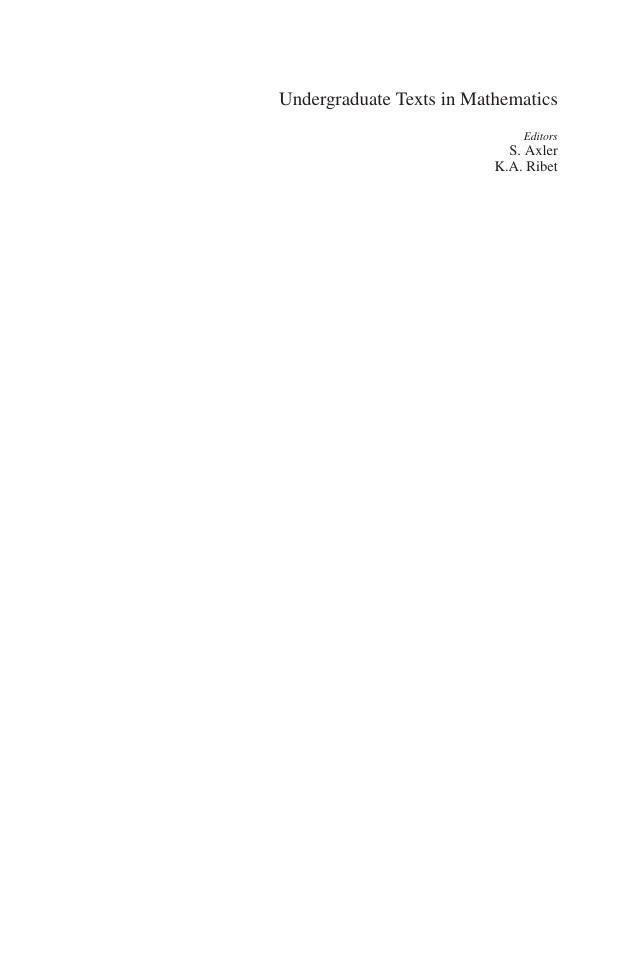
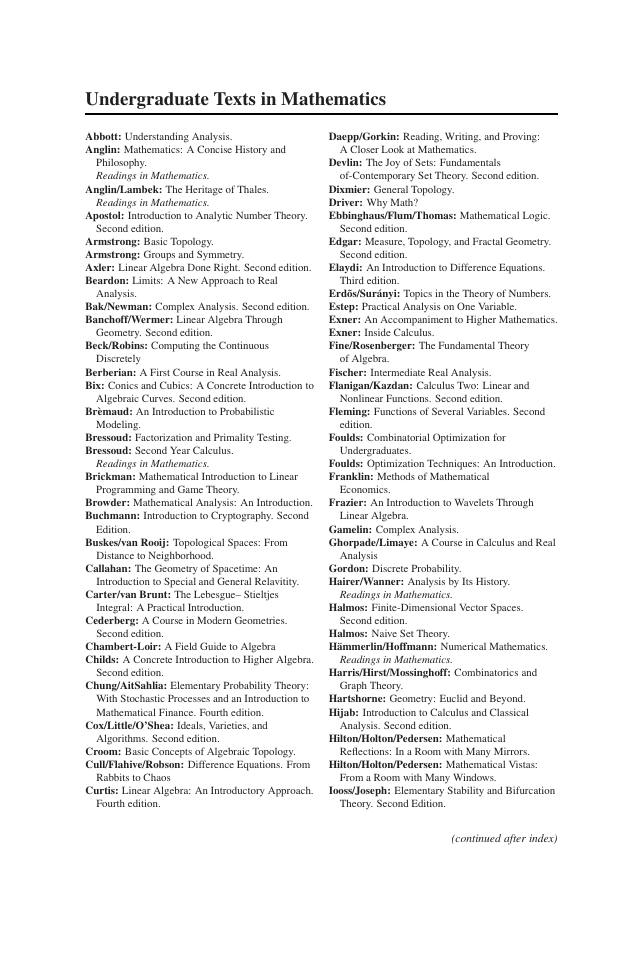

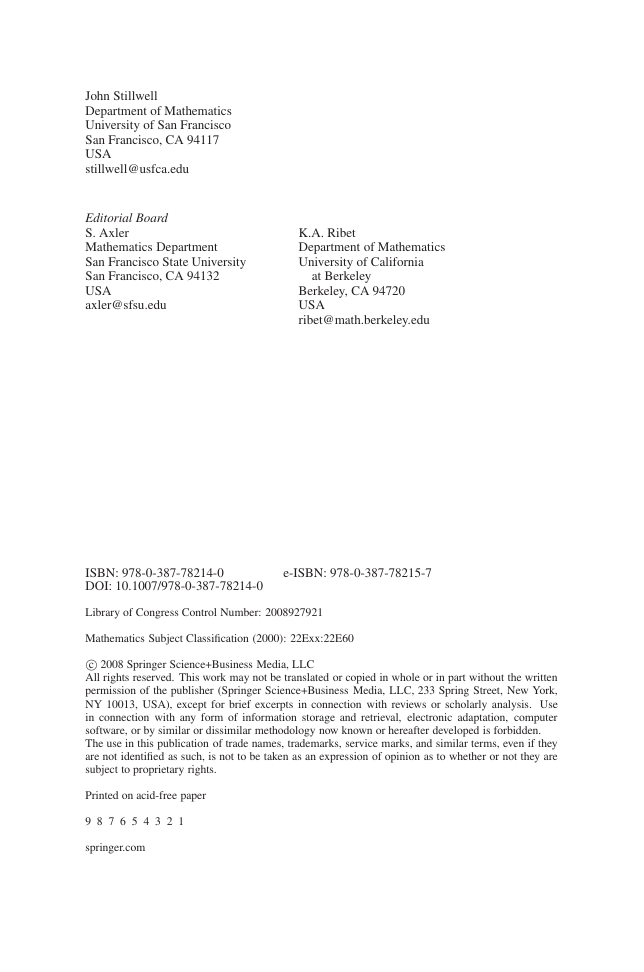

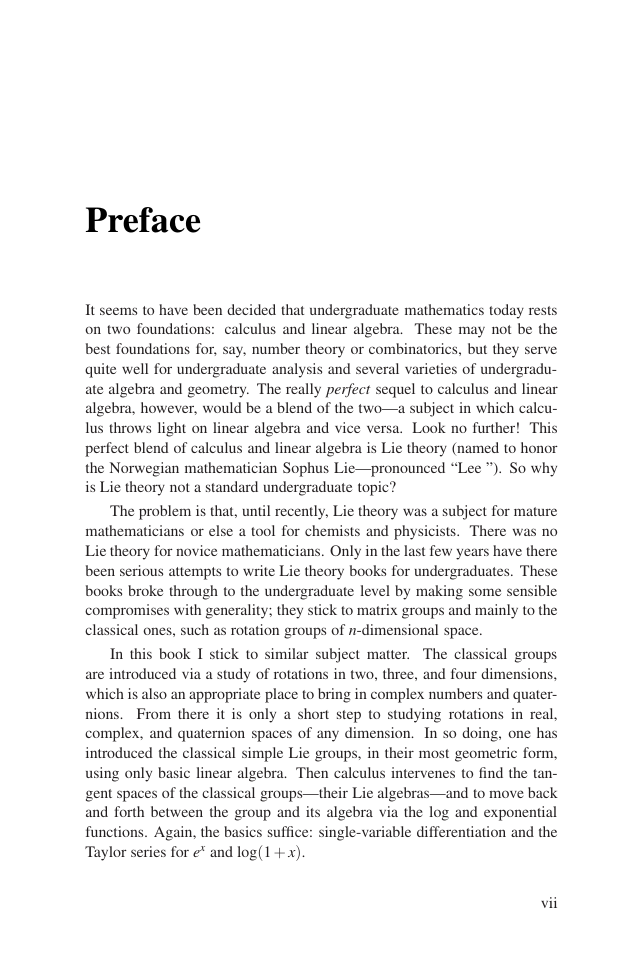
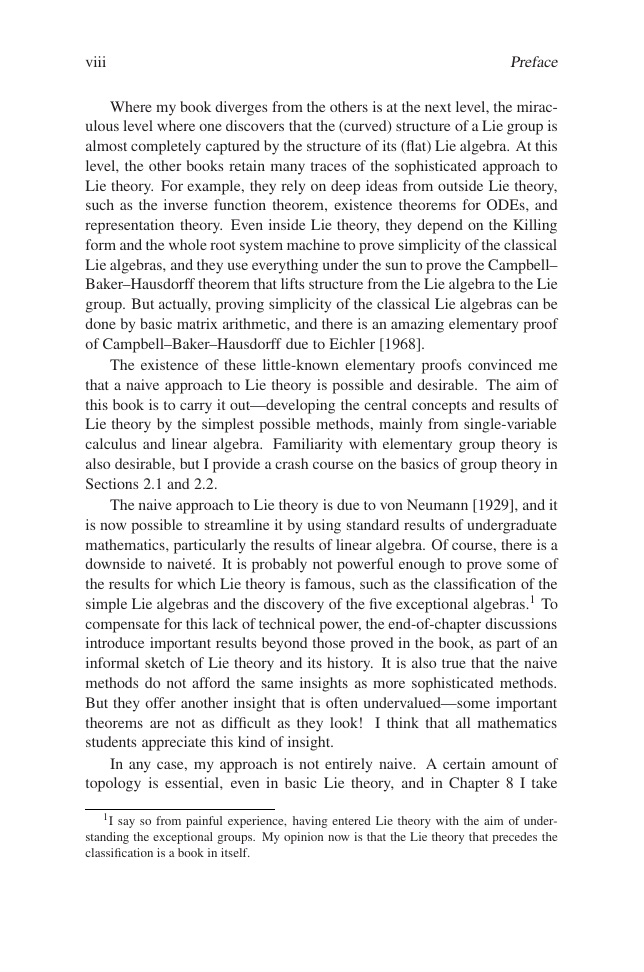








 2023年江西萍乡中考道德与法治真题及答案.doc
2023年江西萍乡中考道德与法治真题及答案.doc 2012年重庆南川中考生物真题及答案.doc
2012年重庆南川中考生物真题及答案.doc 2013年江西师范大学地理学综合及文艺理论基础考研真题.doc
2013年江西师范大学地理学综合及文艺理论基础考研真题.doc 2020年四川甘孜小升初语文真题及答案I卷.doc
2020年四川甘孜小升初语文真题及答案I卷.doc 2020年注册岩土工程师专业基础考试真题及答案.doc
2020年注册岩土工程师专业基础考试真题及答案.doc 2023-2024学年福建省厦门市九年级上学期数学月考试题及答案.doc
2023-2024学年福建省厦门市九年级上学期数学月考试题及答案.doc 2021-2022学年辽宁省沈阳市大东区九年级上学期语文期末试题及答案.doc
2021-2022学年辽宁省沈阳市大东区九年级上学期语文期末试题及答案.doc 2022-2023学年北京东城区初三第一学期物理期末试卷及答案.doc
2022-2023学年北京东城区初三第一学期物理期末试卷及答案.doc 2018上半年江西教师资格初中地理学科知识与教学能力真题及答案.doc
2018上半年江西教师资格初中地理学科知识与教学能力真题及答案.doc 2012年河北国家公务员申论考试真题及答案-省级.doc
2012年河北国家公务员申论考试真题及答案-省级.doc 2020-2021学年江苏省扬州市江都区邵樊片九年级上学期数学第一次质量检测试题及答案.doc
2020-2021学年江苏省扬州市江都区邵樊片九年级上学期数学第一次质量检测试题及答案.doc 2022下半年黑龙江教师资格证中学综合素质真题及答案.doc
2022下半年黑龙江教师资格证中学综合素质真题及答案.doc